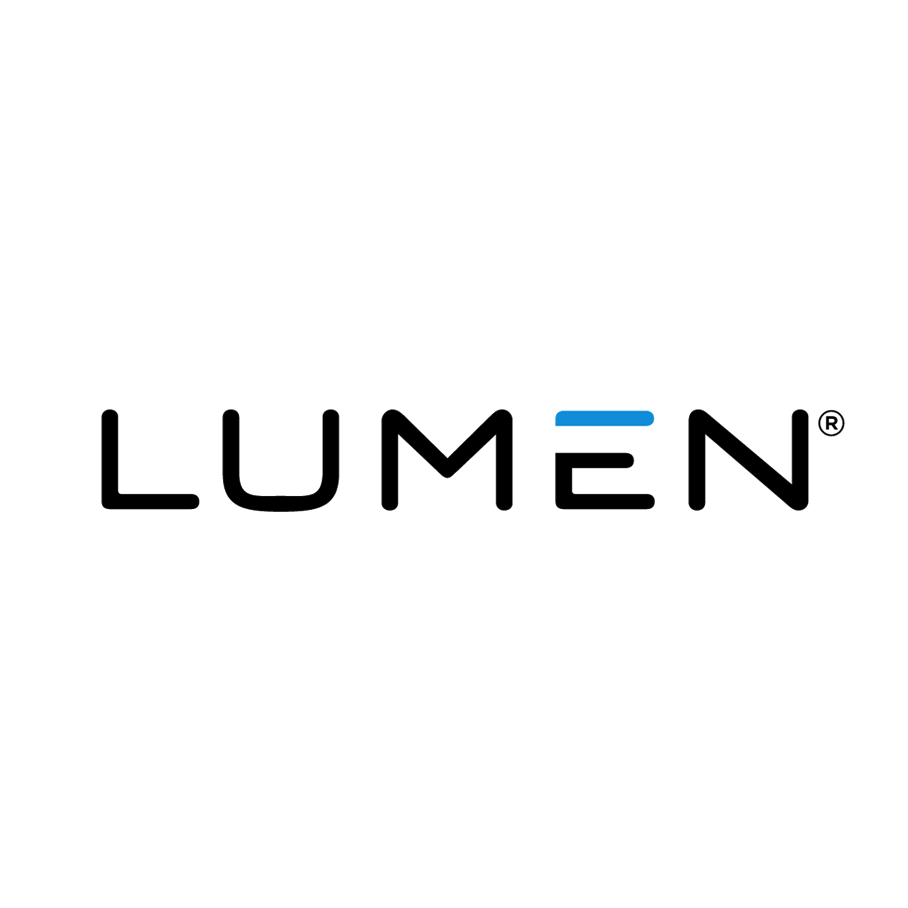The American Marketing Association currently has over 40,000 members nation-wide with over 76 professional chapters. While the Association caters to companies of all sizes, it provides a community for small and medium sized business owners to share ideas and advance their marketing goals.
InternMatch has found a growing number of these companies looking to interns as a source of new talent and a way to invest in the future. However, small and medium sized marketing organizations face some unique challenges when looking to hire student interns, namely they must compete with larger, more funded, and heavily branded companies on college campuses.
This resource addresses three key questions to help your company attract and recruit the right interns:
1.) How to assess whether an intern is right for you?
2.) Tips and tricks to attract the best candidates.
3.) Thinking critically about paid internships vs unpaid internships.
Is an intern right for my company?
Intern hiring is booming right now, in fact it has grown by over 800% in the last 15 years. However, one of the most common mistakes being made by small and medium organizations is to jump onto this bandwagon without properly determining if an intern is right for them. Interns can provide tremendous value as short term employees, as providers of new and youthful insights and as potential future hires who you get to try before you buy – however, none of these goals can be successful without investing time and energy into a quality internship program. So, the first step to hiring a great intern is deciding whether to hire one at all.
We have found a few rules you should consider, that make the difference when deciding whether or not to hire an intern:
• Do you have a manager who is interested in having an intern, and willing to dedicate around 5 hours a week to working with the student?
• Do you have a specific project that is helpful to your company, but also manageable for a student with minimal professional experience?
• Have you identified goals for your intern program – whether this recruiting new hires, bringing a new skill-set to the office, or adding youthful perspective to your team?
If you have put thought into these questions and believe that your marketing internship will pay dividends than it is time to figure out how to recruit the ideal candidate.
How to Recruit Better Interns than Fortune 500s and Marketing Juggernauts.
As a small company, students may not know your brand, but you still have a ton to offer. The number one criteria for students when looking for a marketing internship, is finding a highly educational position that helps them get a deeper understanding of what their industry is like. By highlighting in job descriptions and interviews with students, the hard and soft skills they will learn at your internship, you can recruit even the most sought after interns.
For example, InternMatch recruits marketing students on campus every year, and this last year we had seven all-star interns, including the president of Stanford’s senior class. We let students know that they would be working directly with our head of marketing, that we host weekly 1 hour marketing workshops teaching them skills ranging from social media to SEO (including some skills outside the core focus of the position itself) and that we would give the students access to professional tools like Salesforce and Hootsuite which they don’t get in classroom.
By recruiting this way we found exceptional talent and we also found the types of students who were a great cultural fit for our company. These students were ambitious and wanted to work at a smaller organization where their impact would be felt.
The Facts on Paid Internships
A lot of small to medium sized companies are faced with the dilemma of choosing whether or not to pay their interns. This is a tough question because every penny counts and an intern is an unproven commodity. However, research and experience shows that there are tremendous benefits in paying your interns. From the quality of candidates who apply to the ability to manage the students effectively and the likelihood that the intern will come on board as a full time hire, paying your interns ensures that your program achieves its most important goals.
The other key issue to consider is that under current US law, for-profit companies, who derive value from their interns, are required to pay them. This rule is often not enforced at organizations that offer highly educational internships, but the fact is, if you can’t afford even a minimal salary for an intern, you should go back up to the first section of this document and really evaluate why you are hiring the intern in the first place. Many of the companies we work with use their intern programs to make hires worth thousands, complete design and marketing projects, and achieve other goals critical goals – it is almost always worth the extra money when it comes to hiring interns.
Final Thoughts
Like deciding whether to start a new social media account, or launch a new marketing campaign, the decision to hire interns should not be made on a whim. It WILL take time and management buy-in but the rewards can be enormous. Once you decide you are interested in hiring an intern, you should look to pay students, and start going to local universities and posting your position online, pitching the educational opportunity that a student will receive.





